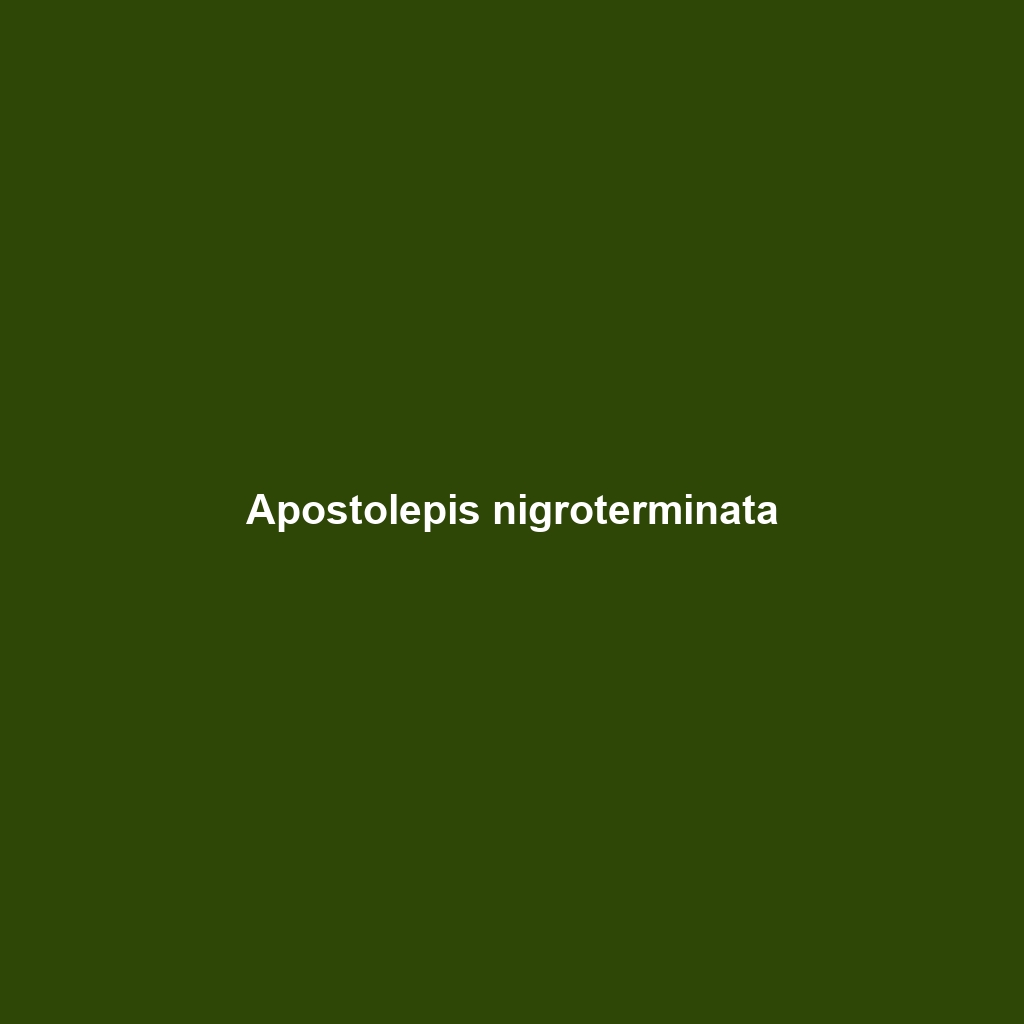
Tag: biodiversity
-

Arrhyton albicollum
Loading…
-

Arrhyton albicollum
Loading…
-

Aprasia inaurita
Loading…
-

Aprasia aurita
Discover the Aprasia aurita, or earless skink, a slender lizard native to the woodlands of southeastern Australia, characterized by its smooth, shiny skin and secretive, burrowing behavior. This vulnerable species plays a vital role in its ecosystem by controlling insect populations and serves as prey for larger animals, making habitat conservation crucial for its survival.
-

Apostolepis underwoodi
Discover the Apostolepis underwoodi, a striking snake native to the Atlantic Forest of southeastern Brazil, with a sleek body measuring 60-90 cm and a unique pattern of brown, black, and cream scales. Nocturnal and secretive, this species plays a vital role in its ecosystem by preying on small vertebrates and demonstrating remarkable adaptability in its…
-

Apostolepis sanctaeritae
Apostolepis sanctaeritae, commonly known as the “tiger snake,” is a slender carnivorous reptile found in the tropical rainforests and savannas of central and eastern South America, featuring a striking banded pattern and mild venom. This nocturnal species plays a crucial role in its ecosystem by controlling rodent populations while facing threats from habitat destruction.
-

Apostolepis pymi
Discover the Apostolepis pymi, a vulnerable snake species native to southeastern Brazil, thriving in tropical forests and savannas. Known for its slender, brown or gray body with dark bands, this nocturnal predator primarily feeds on small invertebrates and plays a crucial role in maintaining ecological balance.
-

Apostolepis quinquelineata
Discover the Apostolepis quinquelineata, also known as the “Five-lined Snake,” a medium-sized constrictor native to the humid tropics of South America. With its distinctive five stripes and secretive nocturnal behavior, this species plays a vital role in controlling prey populations while thriving in diverse habitats like forests and grasslands.
-

Apostolepis phillipsae
Apostolepis phillipsae is a slender, non-venomous snake found in the humid Atlantic Forests of southeastern Brazil, measuring 50-70 cm with a distinctive brown and gray coloration. Known for its nocturnal behavior and diet of small rodents and amphibians, this vulnerable species plays a critical role in maintaining ecosystem balance.
-

Apostolepis nigroterminata
Discover the Apostolepis nigroterminata, a striking South American snake characterized by its glossy dark body with light bands, reaching lengths of 60 to 100 cm. This nocturnal predator thrives in tropical habitats, primarily feeding on small rodents and amphibians, and is currently classified as vulnerable due to habitat loss.
Search
Popular Posts
-
Cyrtodactylus gubaot
Discover the Cyrtodactylus gubaot, also known as the Gubaot Gecko, a vulnerable species found in the limestone karsts of the Philippines. This nocturnal insectivore sports a distinctive coloration for camouflage, thriving in tropical forests and playing a crucial role in regulating local insect populations.
-
Cyrtodactylus guakanthanensis
Cyrtodactylus guakanthanensis is a slender gecko native to the tropical humid forests of Southeast Asia, known for its agile climbing abilities and distinctive coloration that offers effective camouflage. This nocturnal insectivore plays a crucial role in its ecosystem by controlling insect populations and serving as prey for larger animals.
-
Cyrtodactylus grismeri
Discover the Cyrtodactylus grismeri, also known as Grismer’s bent-toed gecko, a small (up to 10 cm) nocturnal gecko native to the lush, humid forests of Southeast Asia. With its unique brown and gray camouflage, agile climbing abilities, and role in controlling insect populations, this vulnerable species is a vital part of its ecosystem.
Categories
Archives
Tags
animal adaptations (681) animal behavior (4610) animal reproduction (754) bat species (661) behavior (915) biodiversity (6592) conservation (1670) conservation efforts (1303) conservation status (4411) diet (2089) echolocation (822) ecological balance (1205) ecological role (1182) ecology (786) ecosystem (1467) ecosystem role (2535) ecosystem roles (576) endangered species (2321) environmental conservation (613) habitat (3210) habitat conservation (845) Habitat Destruction (848) habitat loss (2719) herbivorous diet (521) IUCN Red List (1186) nocturnal (571) nocturnal animals (2681) nocturnal behavior (2134) omnivorous diet (591) physical characteristics (1937) reproduction (2827) reptile conservation (626) rodent (677) rodent species (1325) seed dispersal (2039) Seed Disperser (949) seed dispersers (588) small mammals (1161) South America (769) species description (652) tropical forests (882) Vulnerable Species (3962) wildlife (2504) wildlife conservation (4153) wildlife protection (735)



